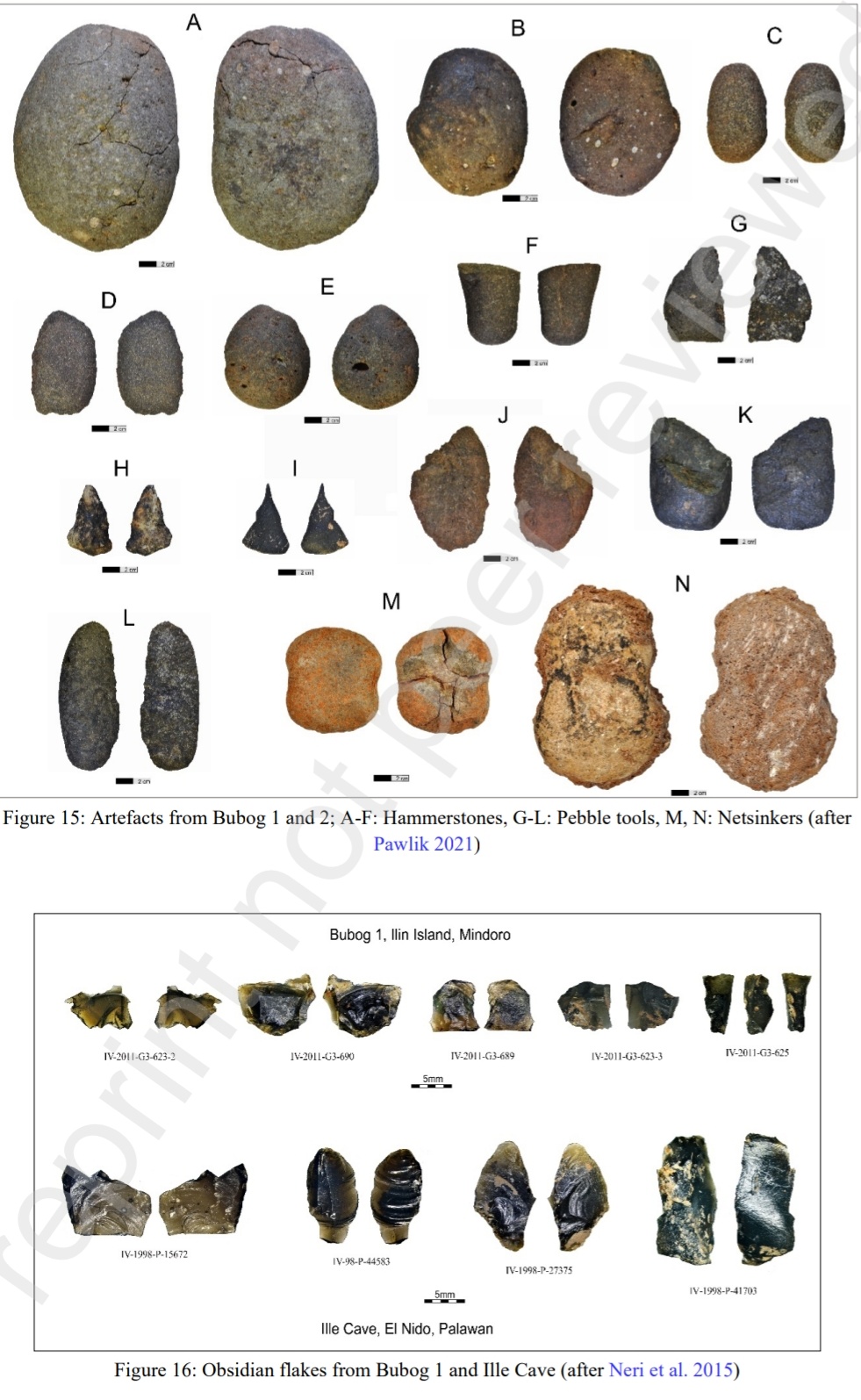Ancient inhabitants of Mindoro were highly skilled seafarers and hunter-gatherers who mastered island life over 35,000 years ago, making the island a crucial gateway for early human migration into the Philippines, according to a new archaeological study released this week.
The Mindoro Archaeology Project, which investigated caves and rock shelters in Occidental Mindoro, reveals how the strategic island served as a stepping stone for anatomically modern humans colonizing the Philippine archipelago.
The findings explain Mindoro’s pivotal role as the primary entry point to the Wallacean islands of the Philippines, demonstrating how Mindoro island’s early inhabitants developed sophisticated maritime capabilities that influenced human settlement patterns across Southeast Asia.
Research at sites including Bubog 1 and Bubog 2 on Ilin Island, and Bilat Cave in Sta. Teresa, Magsaysay, has yielded cultural and biological materials chronicling human habitation spanning 35,000 to 40,000 years.
“These early islanders intensively foraged for mollusks and other marine invertebrates, and employed diverse techniques to catch reef and pelagic fish, as well as terrestrial animals,” the study found.
The inhabitants were part of extensive maritime networks that facilitated the spread of technology, information and ideologies across Southeast Asia and potentially to Asia mainland.

Evidence from Bubog 1 indicates open-sea fishing using baited fishing gorges before 30,000 years ago, supported by the dominance of pelagic fish remains in Late Pleistocene layers.
Modified pebbles found at both Bubog sites suggest the use of nets or traps for fishing from the Early to Mid-Holocene period.
The inhabitants hunted large and small mammals, including the endemic pig Sus oliveri, the Mindoro tamaraw and deer species.
Remains of the now-extinct Ilin Island cloud rat were also recorded.
Their diet included plant resources such as woody vines, Canarium nuts and yams.
Despite limited chert availability on Ilin Island, early islanders developed sophisticated bone and shell tools to compensate for the lack of formal stone implements.
A bone fishing gorge from Bubog 1, recovered from layers dating before 30,000 years ago, represents some of the earliest evidence of bone technology east of the Huxley Line.
The oldest shell artifacts in the Philippines — Geloina shell tools from Bubog 1 — date to 28,000-33,000 years ago and are among the earliest in Southeast Asia.
Edge-ground adzes made from Tridacna shells, found in Bubog 1 and Bilat Cave and dated to around 7,250-7,550 years ago, indicate advanced craftsmanship by hunter-gatherer-fishers thousands of years before early agricultural communities emerged.
Obsidian flakes in Bubog 1, dated before 30,000 years ago, match chemical signatures of artifacts found in Ille Cave in Palawan and potentially Alegria on Cebu Island.
Since none of these islands have obsidian sources, this points to a shared, distant source and extensive maritime networks for acquiring high-quality raw materials.
A flexed burial discovered in Bubog 1, dated to approximately 5,000 years ago, aligns with Early to Mid-Holocene burial traditions across Southeast Asia.
The stratigraphic records document environmental changes, from mangrove and estuarine conditions to open lagoon environments, reflecting sea-level fluctuations from the Late Pleistocene to the Mid-Holocene.
The study notes that some subsistence strategies, such as using pebbles as hammerstones and weights for net fishing, are still practiced by contemporary fishing villages in Ilin and Mindoro.
The Mindoro Archaeology Project, led by researchers from Ateneo de Manila University, Philippine Normal University, and the University of Ferrara, have been investigating caves and rock shelters in Occidental Mindoro.
The research team, headed by Dr. Alfred F. Pawlik of Ateneo de Manila University, included co-investigators Riczar B. Fuentes and Tanya Uldin from the same institution, Marie Grace Pamela G. Faylona from Philippine Normal University, and Trishia Gayle R. Palconit from the University of Ferrara in Italy.
Since 2010, the research team has conducted surveys in the karstic regions of Ilin Island and Sta. Teresa, mapping and exploring over 40 caves and rock shelters.
(Screenshots are taken from The Mindoro Archeology Project research paper)









Write Your Comment